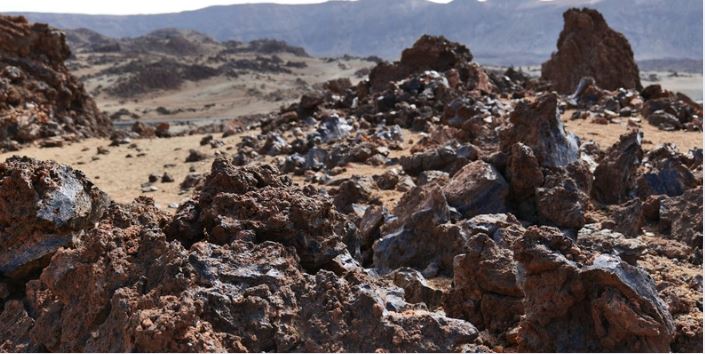On November 22, 2024, NASA’s Perseverance Rover team celebrated a historic milestone as the first samples from Mars were successfully returned to Earth after nearly two years in transit. The samples, collected by the Perseverance Rover in 2023, arrived at NASA’s Johnson Space Center in Houston, Texas, aboard the Mars Sample Return (MSR) spacecraft, marking a key moment in humanity’s efforts to better understand the Red Planet.
The samples, which include soil, rock, and atmospheric samples collected from Mars’ Jezero Crater, were carefully extracted by the Perseverance Rover during its 2021 landing and exploration mission. These materials are expected to provide valuable insights into Mars’ geology, climate history, and potential for ancient microbial life.
The successful return of these samples is the culmination of a collaboration between NASA, the European Space Agency (ESA), and various international space organizations, and marks the first time in history that a Mars sample has been brought back to Earth. The return was part of a larger multi-phase mission, which includes not only collecting and returning samples but also advancing technologies necessary for future human exploration of Mars.
The event was marked by a press conference at NASA’s Johnson Space Center, where key figures in space exploration, including NASA Administrator Bill Nelson and Dr. Thomas Zurbuchen, Associate Administrator for NASA’s Science Mission Directorate, addressed the success of the mission. Nelson, speaking at the event, called the achievement “a historic leap for science and a testament to the ingenuity of our international team.” He added, “The scientific data that these samples will provide will deepen our understanding of Mars like never before.”
The samples are being analyzed by a team of scientists to determine whether they contain signs of ancient microbial life, which has been a primary goal of Mars exploration since the discovery of potential water reservoirs on the planet. The analysis of these materials could have profound implications for the study of life beyond Earth and the future of space exploration. Scientists believe that understanding the geochemistry of Mars will help inform future missions, including the eventual goal of sending humans to the Red Planet.
The Mars Sample Return mission is considered a significant step toward NASA’s long-term goal of sending humans to Mars by the 2030s. Space agencies around the world are already preparing for the next phase of the mission, which will include designing the technology needed for crewed landings and habitation on Mars.
The mission also marked a key achievement in international collaboration in space exploration, with the European Space Agency providing critical support for the spacecraft’s design and operation. ESA’s participation underscores the growing role of global partnerships in space exploration, as the complexities of interplanetary missions increasingly require expertise and resources from multiple nations.
As the scientific community begins analyzing the samples, there is anticipation about the discoveries that lie ahead. The return of these Martian materials opens the door to deeper, more detailed investigations into Mars’ potential to support life, providing a new chapter in the ongoing exploration of the solar system.



